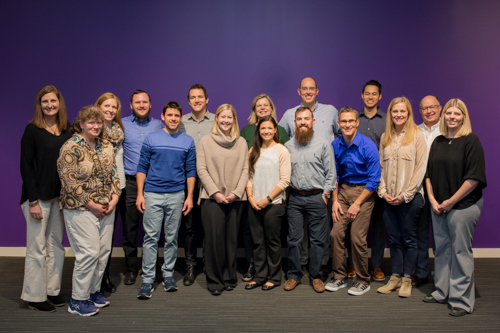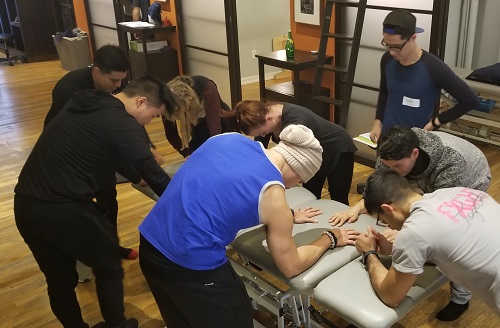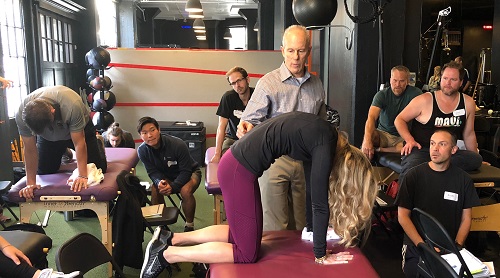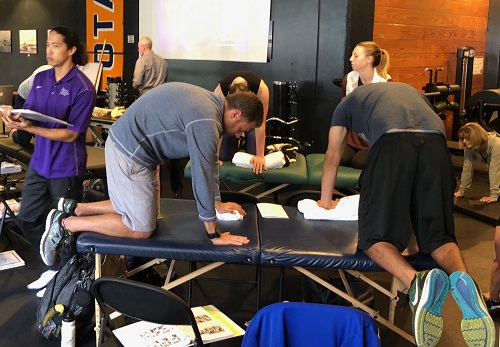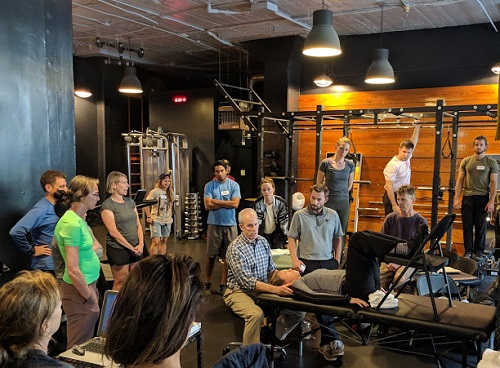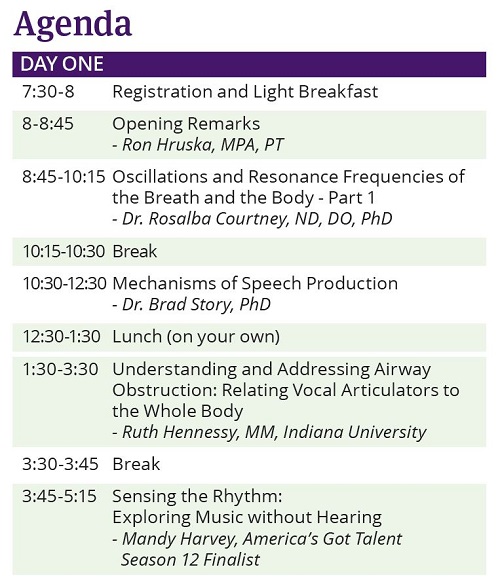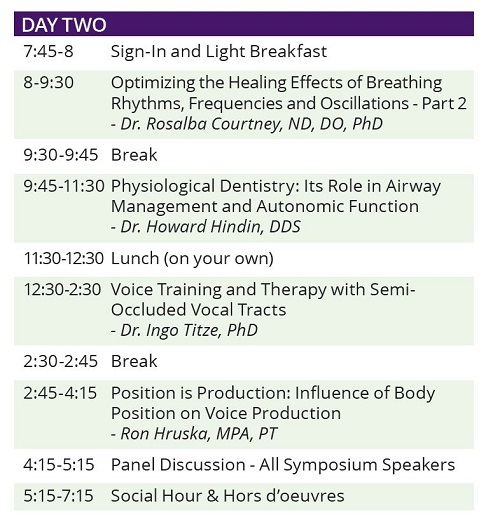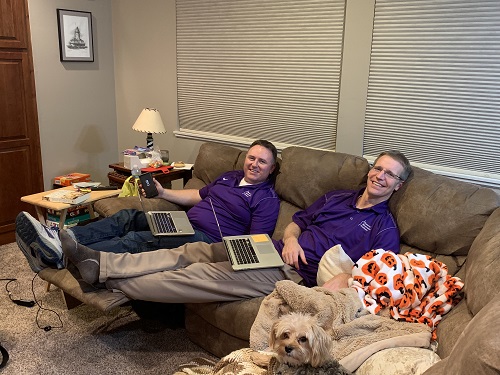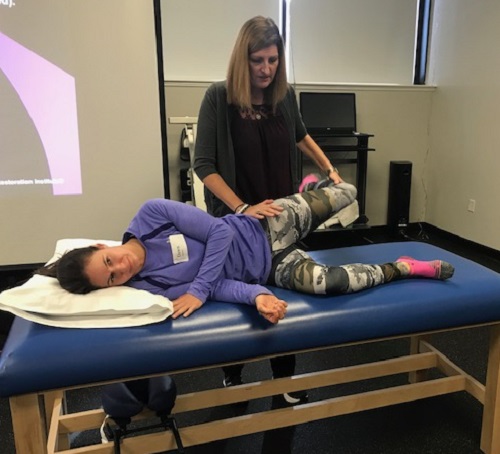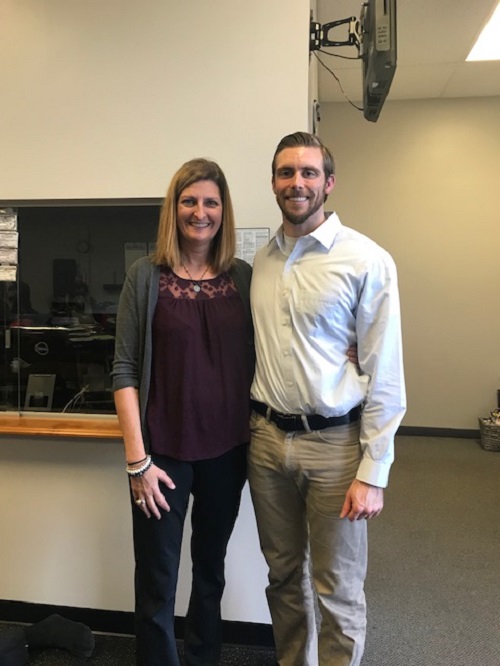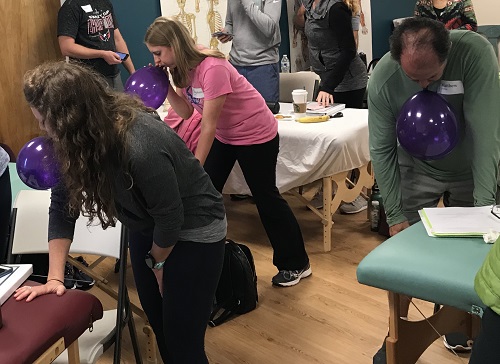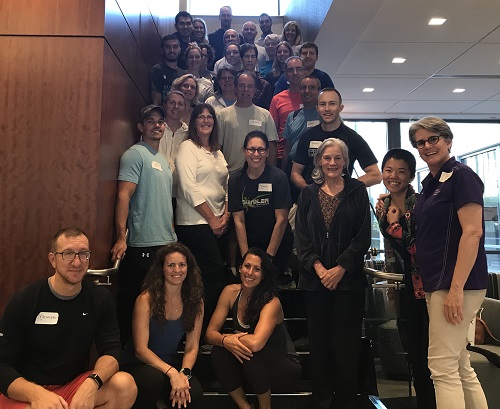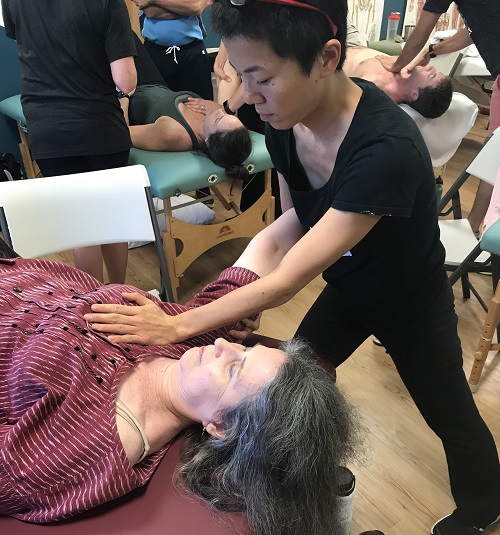Every year the first week in December marks the beginning of the end. The start to our four day Advanced Integration course is much anticipated throughout the year as we prepare and look forward to welcoming our PRI Family “home” for the Holidays. For all of us at the Institute it is truly a time of gratitude and renewal as we host course attendees from all over the world here for the last course of the year.
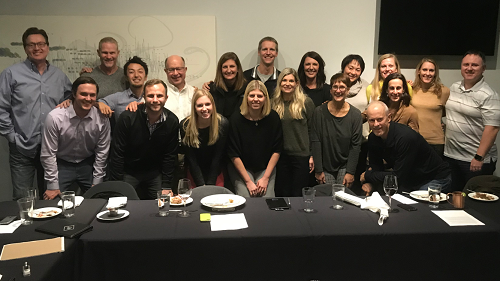
This year we were thrilled to have 15 of our 18 faculty members here, laying the stage for one of the best years yet. We also welcomed attendees from Australia, Denmark, Germany, Japan, Malaysia and 23 other states. Many of you may know by this point that attending the same course twice may lead to two very different experiences. This years Advanced Integration was unlike any previous renditions due to the constant dialogue between the Presenters and the many Faculty members in the audience. Every year the Primary Concepts are integrated, expanded on and projected in a new way to reflect the current state of the culture around us.
Many of us will spend time with family over the upcoming holidays and all of us will join these conversations with different biases, dispositions and attachments. In order to remain loved and continue to love our family members we must sense our own physical and emotional constraints while at the same time appreciating theirs and inhibiting any negative outcomes that otherwise may occur.
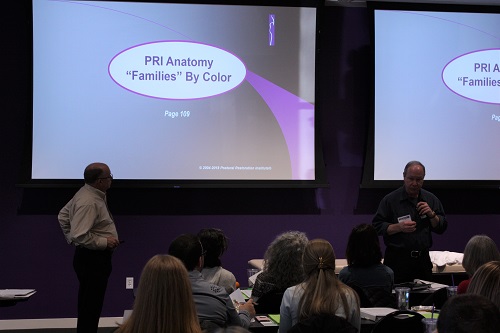
Similarly, if our anatomical families do not work together and appreciate what each group can bring to the table, neutrality may be lost. Advanced Integration continually reminds us to appreciate each of our family members and the role they play in balancing our autonomic function. Myokinematic, Postural and Pelvic concepts were solidified through four days of appreciation for each presenter, practitioner, and person in attendance.
Thank you to all of our PRI Family for making the trip to Lincoln. Although December is typically the coldest time to visit, we are grateful to end each year with all of you. Not only does this course solidify all of your integration throughout the year, but we hope it also lays the foundation for a successful start to the next.
Wishing you and your Families a very Merry Holiday Season and start to the New Year!
CLICK HERE to see all Advanced Integration 2018 photos!

